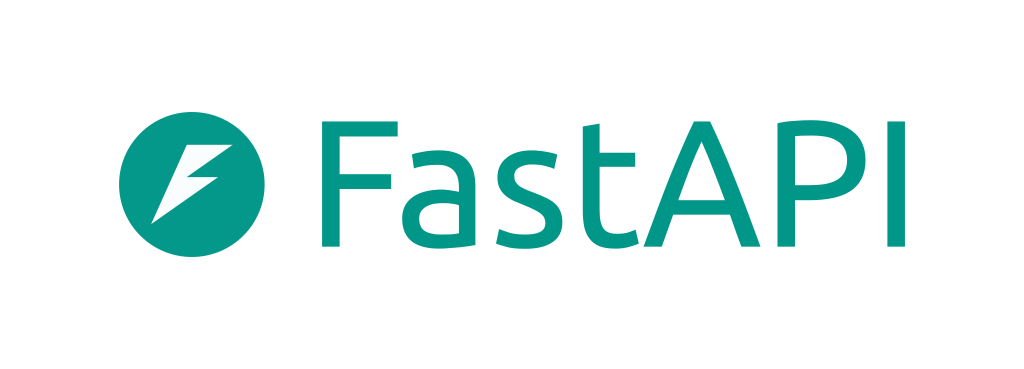
FastAPI has emerged as one of the most popular Python frameworks for building APIs, combining the ease of Python with the performance typically associated with lower-level languages. Created by Sebastián Ramírez in 2018, FastAPI has quickly gained adoption among developers seeking to build high-performance, easy-to-document web applications.
Key Features of FastAPI:
-
High Performance: Built on Starlette and Pydantic, FastAPI delivers performance on par with NodeJS and Go, making it one of the fastest Python frameworks available.
-
Automatic Documentation: FastAPI automatically generates interactive API documentation (using OpenAPI and Swagger UI) that updates as your code changes.
-
Type Hints Driven: Leverages Python’s type hints for request validation, serialization, and documentation, reducing bugs and improving developer experience.
-
Asynchronous Support: Native support for async/await syntax, allowing efficient handling of concurrent requests.
-
Standards-Based: Built on open standards like JSON Schema, OAuth 2.0, and OpenAPI.
FastAPI in 2025: Current Landscape
FastAPI has continued to evolve, with several notable enhancements in recent years:
-
Enhanced WebSocket Support: Improved capabilities for real-time applications with more robust WebSocket implementations.
-
GraphQL Integration: First-class support for GraphQL through Strawberry integration, providing flexible API querying capabilities.
-
Serverless Deployment: Streamlined deployment options for serverless environments like AWS Lambda and Google Cloud Functions.
-
Advanced Dependency Injection: More powerful dependency injection system for cleaner, more maintainable code organization.
-
Performance Optimizations: Continued focus on performance with optimizations that make FastAPI even faster while maintaining its developer-friendly approach.
Building Modern Backend Applications with FastAPI
The FastAPI ecosystem has matured significantly, with established patterns and tools for different aspects of backend development:
-
Database Integration: SQLAlchemy, Tortoise ORM, and MongoDB integrations provide flexible options for data persistence.
-
Authentication: Built-in security utilities for OAuth2, JWT, and session-based authentication with minimal boilerplate.
-
Background Tasks: Support for background task processing, both within the application and through integration with task queues like Celery.
-
Testing: Comprehensive testing support with TestClient, making it easy to write unit and integration tests for your API endpoints.
Getting Started with FastAPI:
-
Installation: Set up FastAPI with a simple pip command:
pip install fastapi uvicorn[standard] -
Creating Your First API: FastAPI makes it incredibly simple to create a functional API:
from fastapi import FastAPI, HTTPException from pydantic import BaseModel from typing import List, Optional app = FastAPI() class Item(BaseModel): id: Optional[int] = None name: str description: Optional[str] = None price: float # In-memory database for demonstration items_db = [] counter = 0 @app.post("/items/", response_model=Item) async def create_item(item: Item): global counter counter += 1 item.id = counter items_db.append(item) return item @app.get("/items/", response_model=List[Item]) async def read_items(): return items_db @app.get("/items/{item_id}", response_model=Item) async def read_item(item_id: int): for item in items_db: if item.id == item_id: return item raise HTTPException(status_code=404, detail="Item not found") -
Running Your Application: Start your FastAPI application with Uvicorn:
uvicorn main:app --reload -
Exploring Documentation: Visit
http://localhost:8000/docsto see the automatically generated interactive API documentation.
FastAPI in the Python Ecosystem
FastAPI has positioned itself as a compelling alternative to traditional Python web frameworks like Flask and Django. While Flask offers simplicity and Django provides a comprehensive feature set, FastAPI strikes a balance with its performance focus, modern Python features, and developer-friendly approach.
For microservices, APIs, and performance-critical applications, FastAPI has become the go-to choice for many Python developers. Its integration with the broader Python ecosystem means you can leverage existing libraries while enjoying the benefits of a modern, type-safe framework.
The Future of FastAPI
As Python continues to evolve with performance improvements and new language features, FastAPI is well-positioned to leverage these advancements. The framework’s commitment to standards, performance, and developer experience ensures it will remain a top choice for building backend applications in Python.
Whether you’re creating a simple API or a complex microservices architecture, FastAPI provides the tools and patterns to build robust, maintainable, and high-performance web applications with Python.